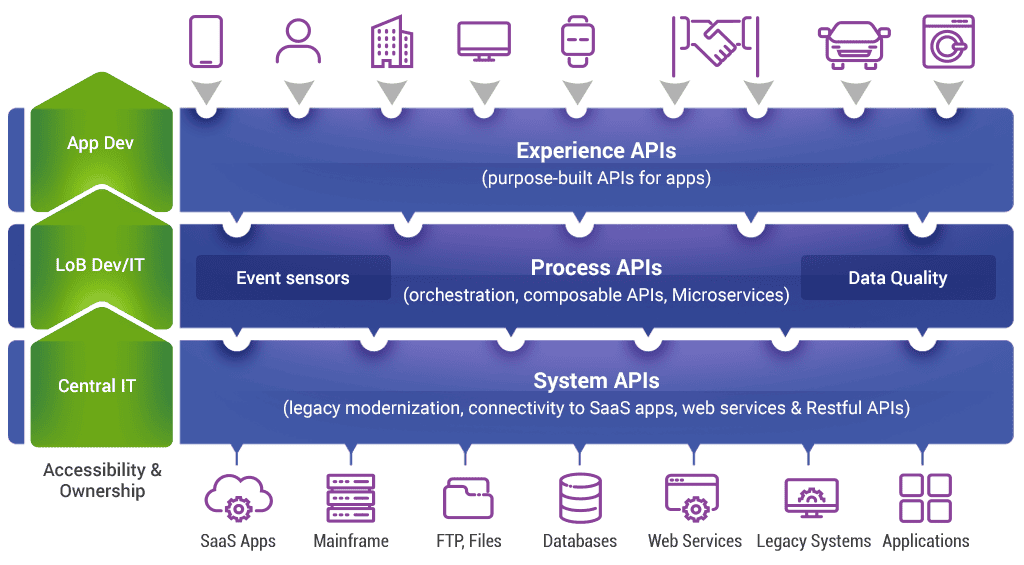
Our IIH solution for data integration is based on the Robotic Process Automation (RPA) which in turn reduces costs, increases accuracy, improves compliance, provides consistent results and automates the work in a fraction of the time when compared with Big Data or SOA integration.
Increasing demands on cloud ERP restricts IT for any specific customisation, enhancement and error management around data. It leads to data duplication, error on forecasting, inaccurate planning and expensive sales campaigns.
Liberate data from enterprise and B2B applications and expose them to employees, customers and partners
Capture new data from sensors (IoT) and integrate with digital data streams for new insights
Unlock data through resilient and repeatable pipelines that reduce cost and risks within enterprise wide data flows
Adapt processes based on insights Align business, technology and IT
Opinium Research
Customers are mobile, connected, informed and opinionated with the rise of omni-channel shopping. The top challenges for retailers, finance and insurance sectors are:
Inconsistent data is not a just inconvenient, it is a major impediment to business agility and competitiveness. The challenge is to provide a single integrated solution using existing legacy ERP solutions without using expensive SOA architecture and big data concepts.
Human generated or machine generated structured, semi-structured or unstructured data coming in large volumes, high speeds, that require complex processing and Integration. Machine driven algorithm required to learn the data pattern to reduce the human intervene and increase data quality and transparency.
Intelligent Integration Hub comprises of modular platforms and best in class accelerators for the seamless integration of disparate as well as connected data assets within an enterprise’s information eco-systems. Our solution includes the following modules that provides an integrated single view of a customer’s data.
Intelligent Integration Hub provides flexibility by reusing the existing legacy system either on cloud, on-premises, hybrid, SaaS based ERP solutions on Oracle, Microsoft, IBM or any SME platforms. It provides a strong business case for implementing DevOps which enables single integration point for key business KPIs.
The technology architecture behind IIH is flexible and cost effective as it is designed to match the demands of the business using the existing technology stacks. It provides an option for data security as well as providing options for implementing the solutions either through on-premises and hybrid environments, so as to protect the customer’s intellectual rights and governance around data.
Expose the legacy data through API’s
Developing event sensor on each application layer for tracking changes
Robotic based approach to filter problem data (Data Deduplication & Data Matching). Used for data cleansing for problem data
System APIs are microservices developed using JSON based technology and tools, which provides 10 times faster development. Our framework and accelerators provide easy and stable deployments across internal and external applications.

The technology architecture behind IIH is flexible and cost effective as it is designed to match the demands of the business using the existing technology stacks. It provides an option for data security as well as providing options for implementing the solutions either through on-premises and hybrid environments, so as to protect the customer’s intellectual rights and governance around data.
CONTACT US